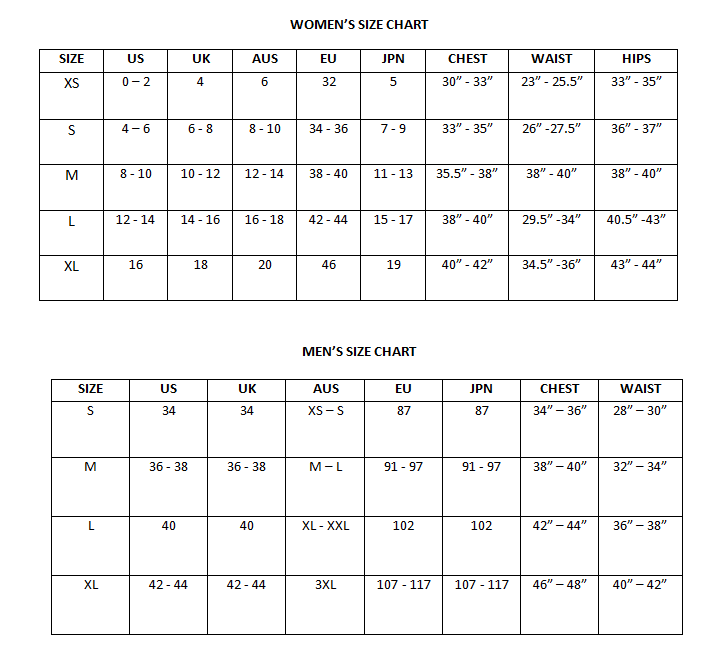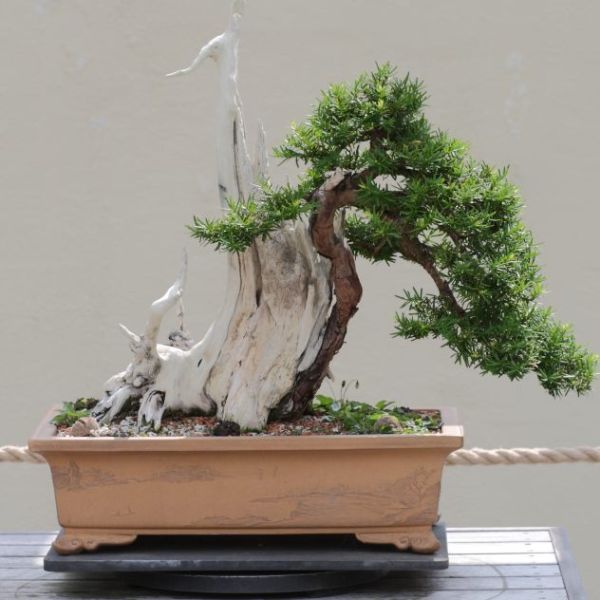Taxus Cuspidata Seeds (Japanese Yew Seeds)
Taxus Cuspidata Seeds (Japanese Yew Seeds)
It has become extremely popular due to its ease of culture and shade tolerance.

Delivery
All orders shipped with UPS Express.
Always free shipping for orders over US $250.
All orders are shipped with a UPS tracking number.
Returns
Items returned within 14 days of their original shipment date in same as new condition will be eligible for a full refund or store credit.
Refunds will be charged back to the original form of payment used for purchase.
Customer is responsible for shipping charges when making returns and shipping/handling fees of original purchase is non-refundable.
All sale items are final purchases.
Help
Give us a shout if you have any other questions and/or concerns.
Email: contact@domain.com
Phone: +1 (23) 456 789
Availability: In stock
SKU
Taxus Cuspidata
The native range of Taxus cuspidata is Japan, Korea and North East of China, where it grows to 50 feet tall.
It has become extremely popular due to its ease of culture and shade tolerance. It responds well to shearing. The branches are spreading or ascending. Plants tolerate city conditions and extensive pruning. Twigs are light green in color, turning brown after several years. The attractive bark is always thin, about 1/4 inch, reddish-brown, and exfoliating, that enables you to see the inner bark, reddish-purple.
In early Spring the Yews can be seen in flower, and in late Summer the fruits appear. It is in leaf all year, in flower from March to April, and the seeds ripen from September to November. The fine-textured needles are 1/2 to 1 inch long, dark green on top and tinged yellowish beneath, usually arranged in two rows along the twigs, making a flat or V-shaped spray.
The flowers are dioecious, individual flowers are either male or female, but only one sex is to be found on any one plant and the red fruits are produced only by female plants. They are pollinated by Wind. The red berry-like cones are very conspicuous and may persist on the branches well into Winter. The fruit is produced mainly on the undersides of one-year old branches. The fruits, with their bright arils, the fleshy covering over the seeds, look at first like small acorns, but they ripen into bright red berries. It is the seeds inside the fruit that is poisonous.
Hardiness zones 4-7, (5øF/-15øC, -25øF/ -32øC) in Winter. A very cold hardy plant when dormant. A very easy plant to grow, it is extremely tolerant of cold and heat, sunny and shady positions. Thrives in almost any soil, acid or alkaline, as long as it is well-drained. Grows well in a medium loamy soil. It requires dry or moist soil and can tolerate drought. The plant can tolerates strong winds and atmospheric pollution.
| Label | Taxus cuspidata |
|---|---|
| Common name | Japanese Yew |
| Genus | Taxus |
| Species | Taxus cuspidata |
| Germination | For faster germination, soak the seeds in slightly hot water for 24-48 hours, followed by three months of cold stratification before sowing at 1/2" deep in a sand-loamy soil. Any planting out is best done in late Spring or early Summer, after the last expected frosts. Keep damp soil, not soaking wet. Keep pot in warm situation 68-75øF. Germination can take several months. It can be more depending on their degree of unbroken dormancy, don't give up. |
| Scarification / Stratification | This will break their dormancy. It creates a cold and moist environment for the seeds. Mixed in seeds with slightly moistened vermiculite or peat, only damp in a ziplock bag. Close zip bag shut and store it in the salad crisper compartment of your refrigerator. If any seeds begin to sprout during the cold stratification, simply remove the seed and plant. |
| Price View | Price Range |

